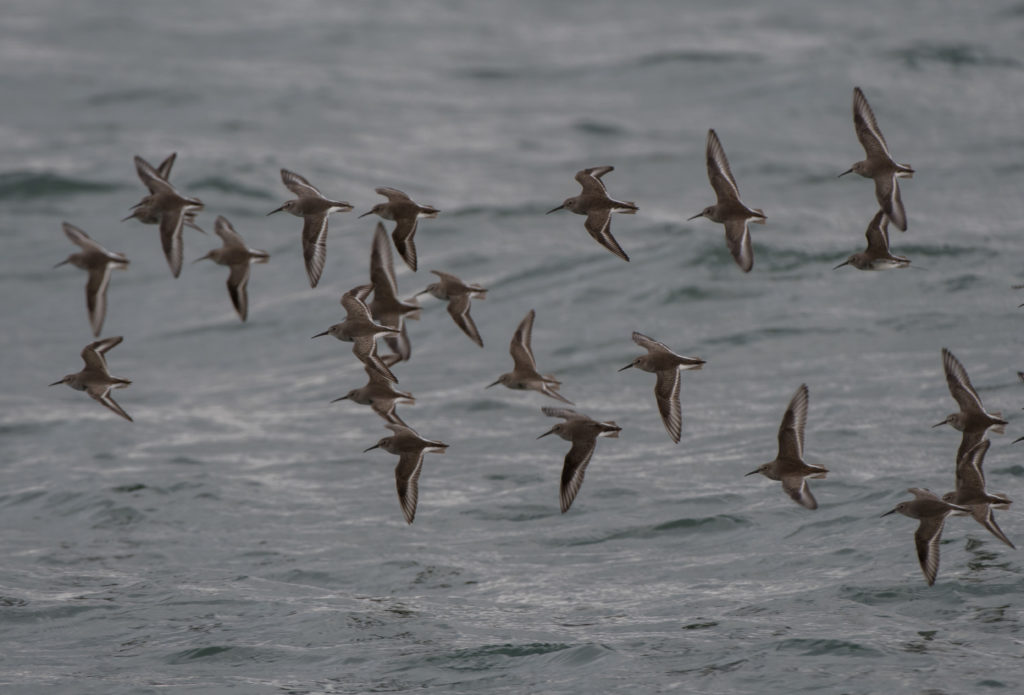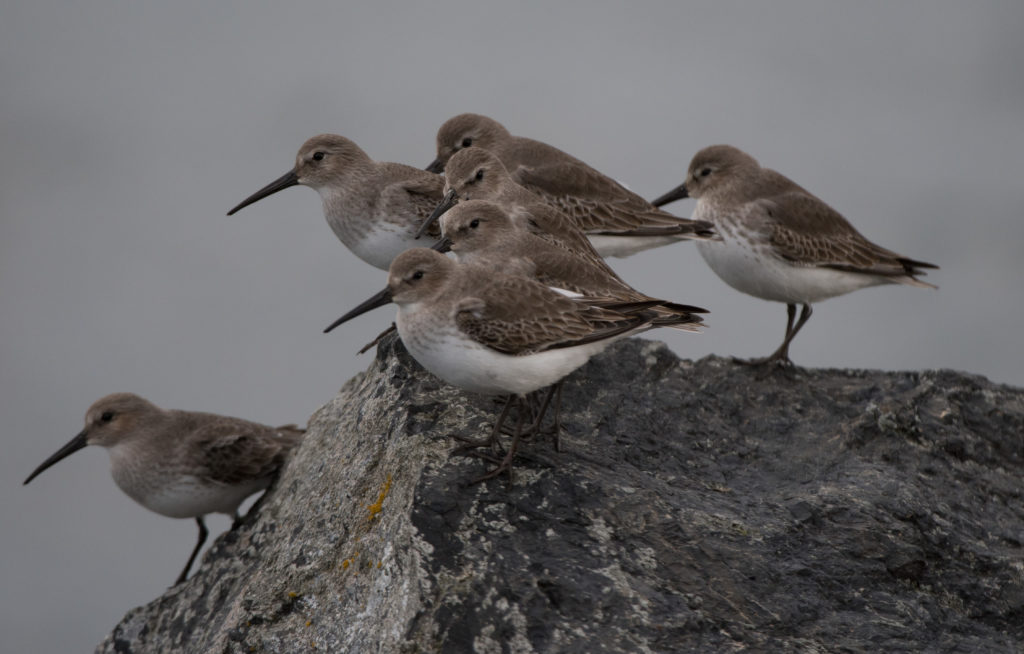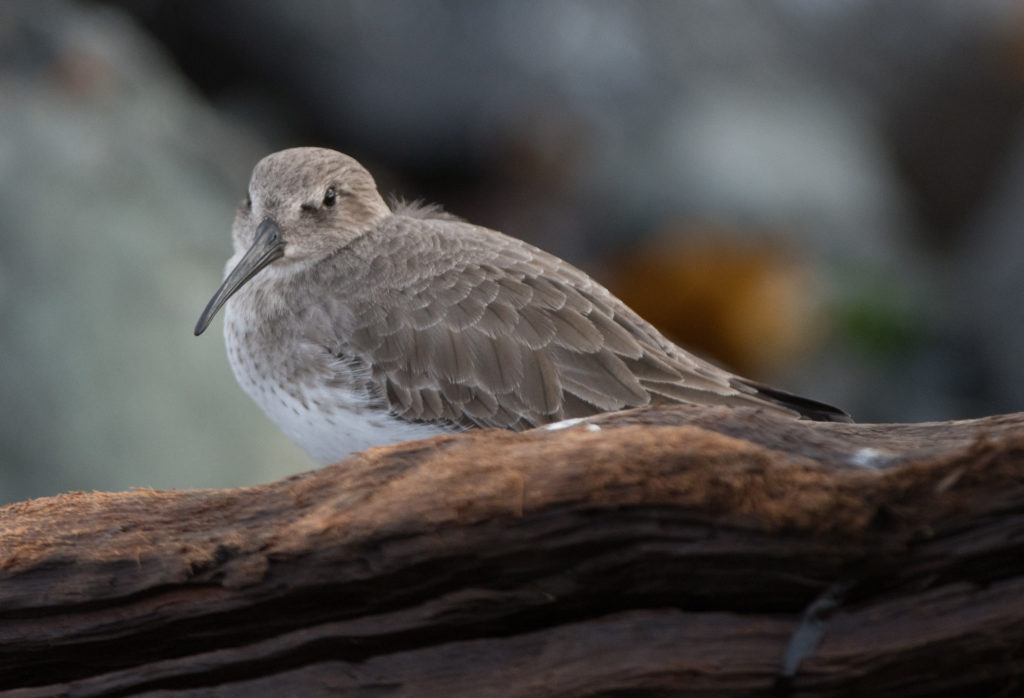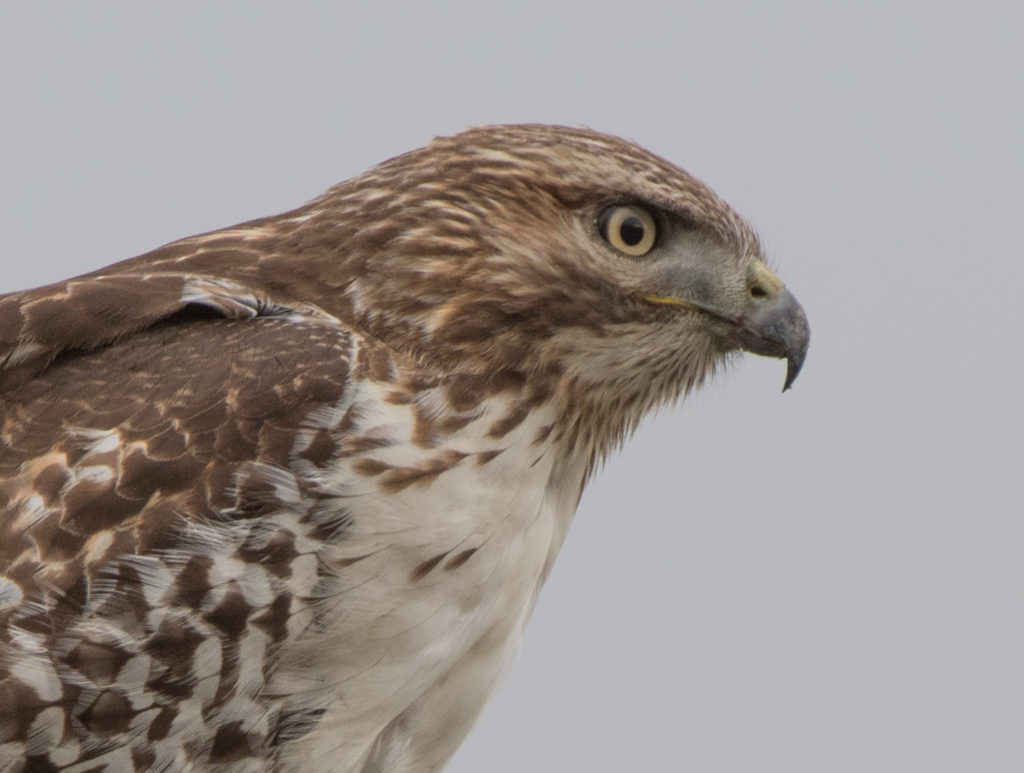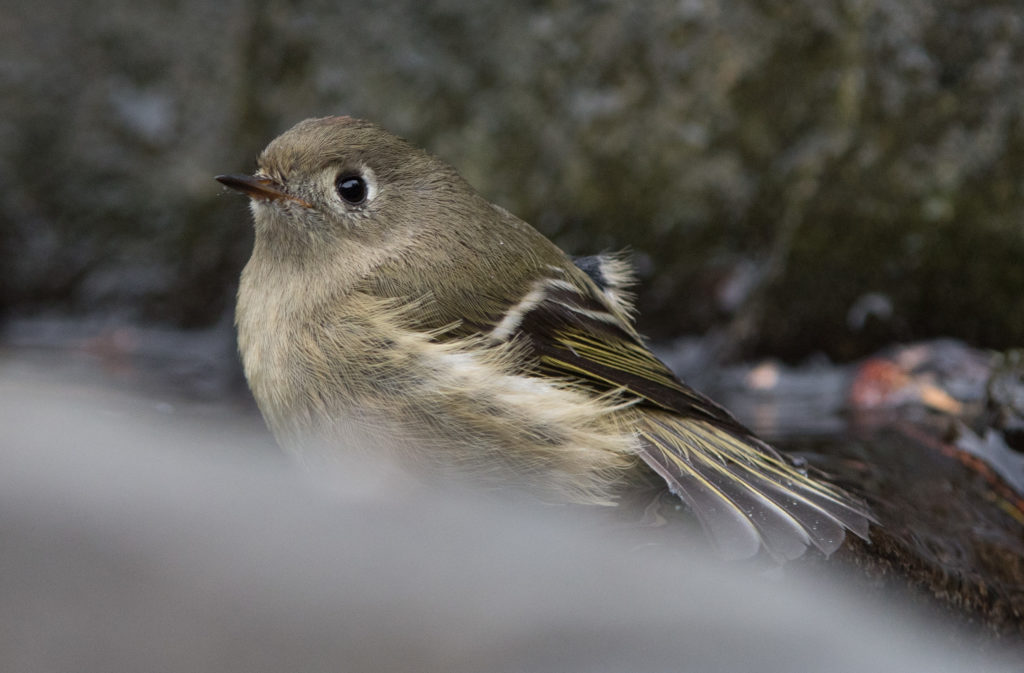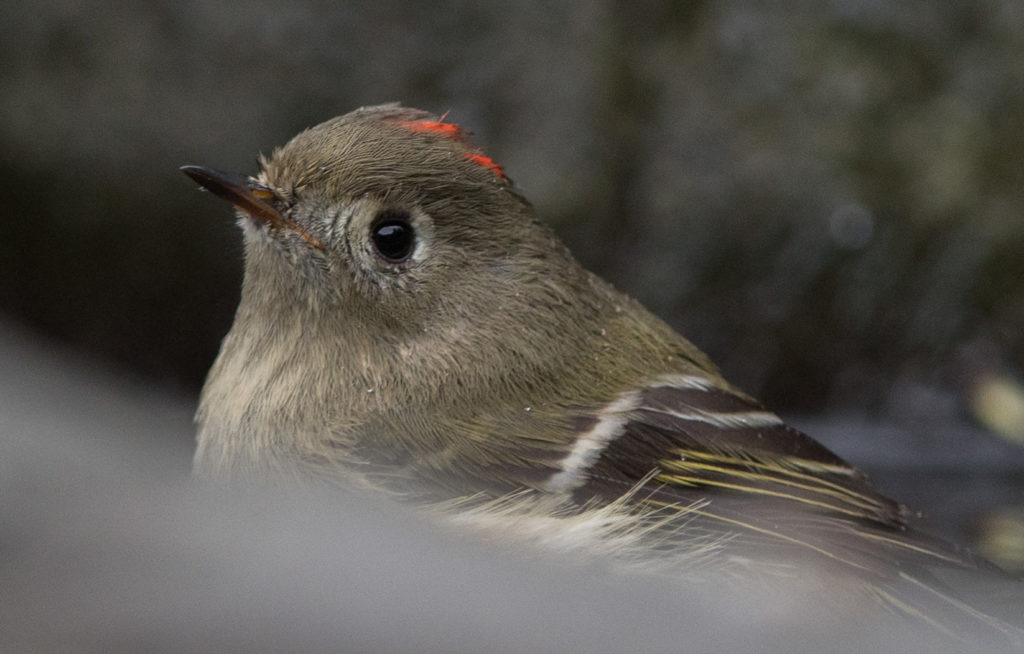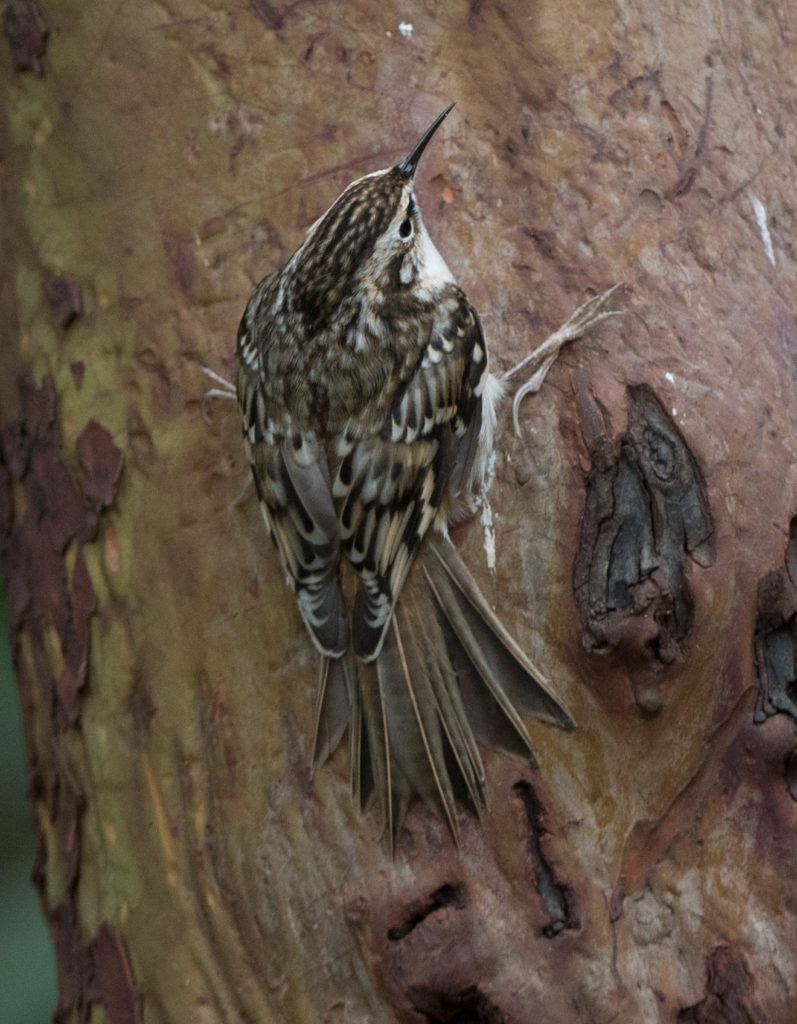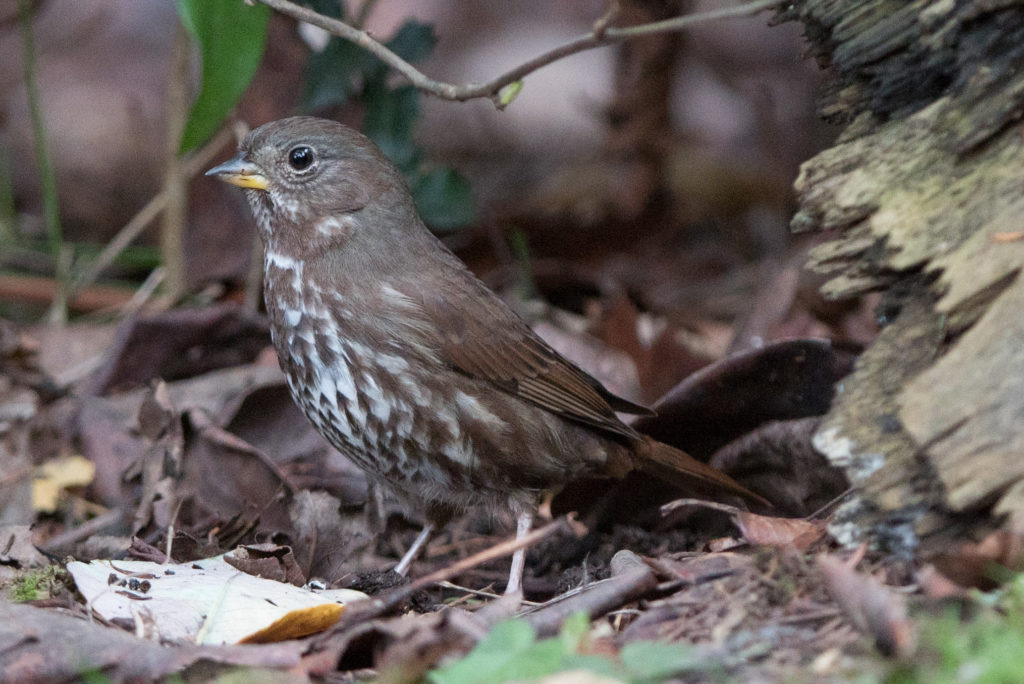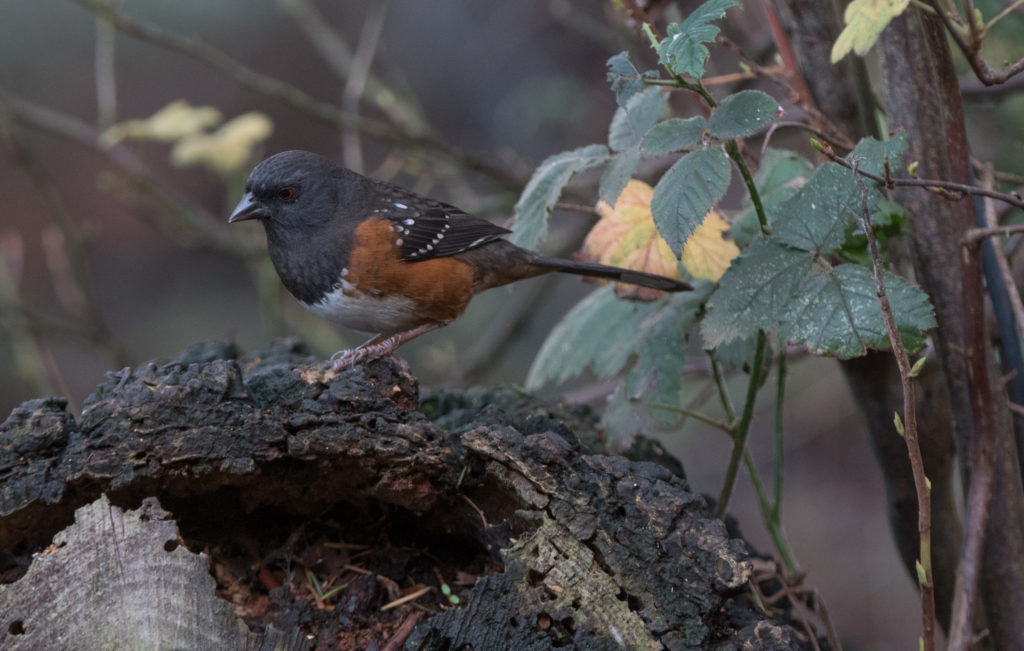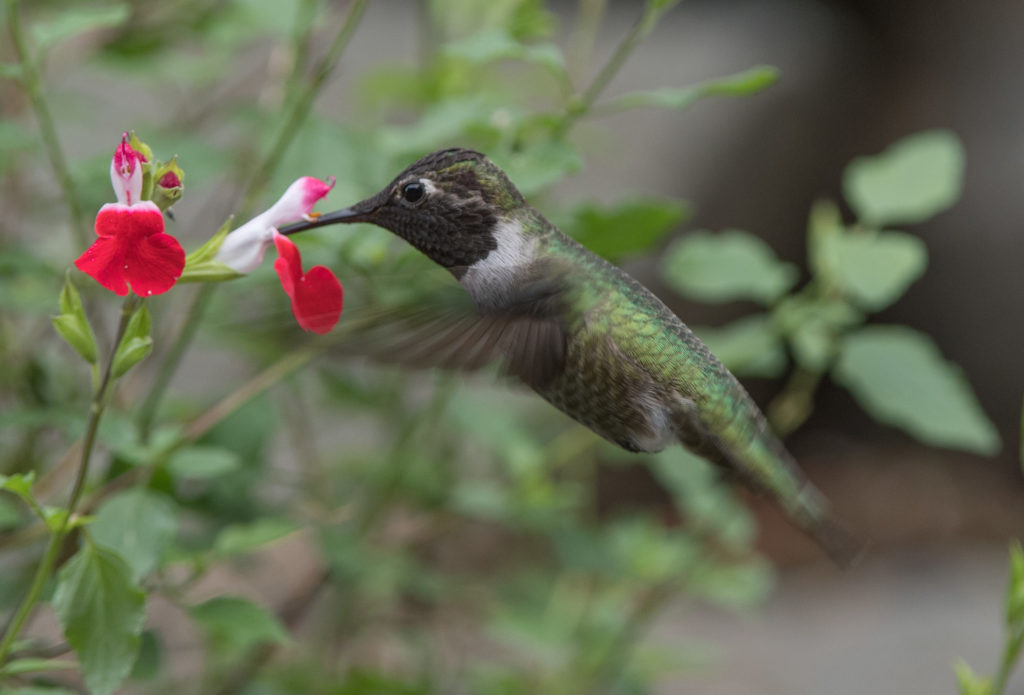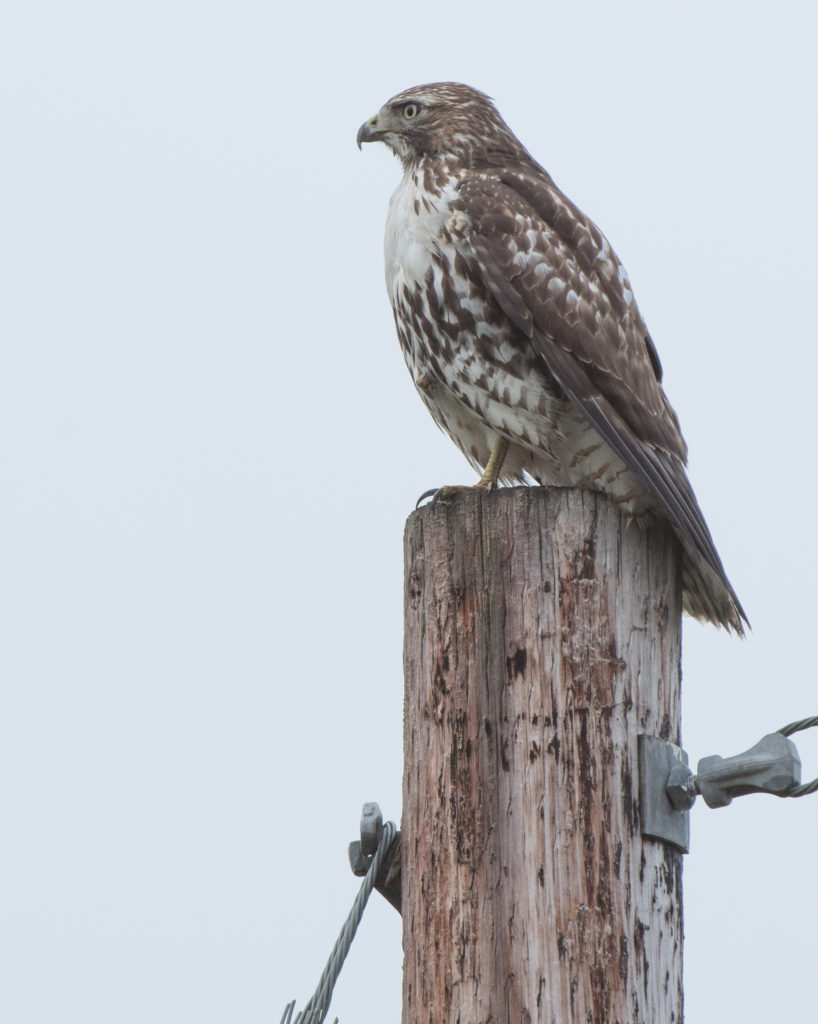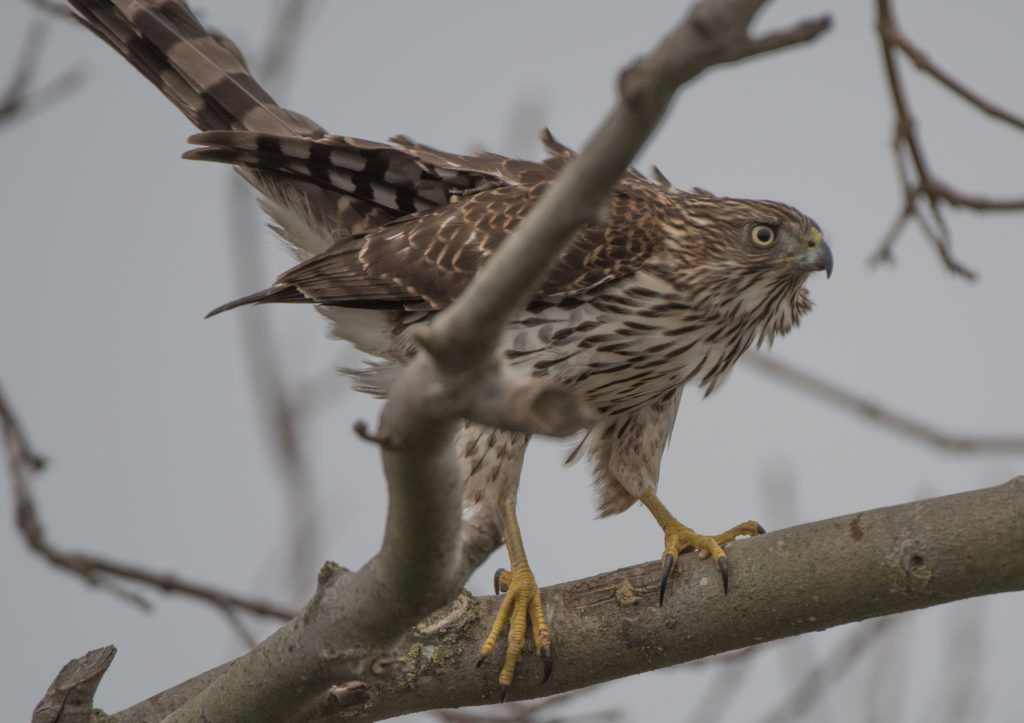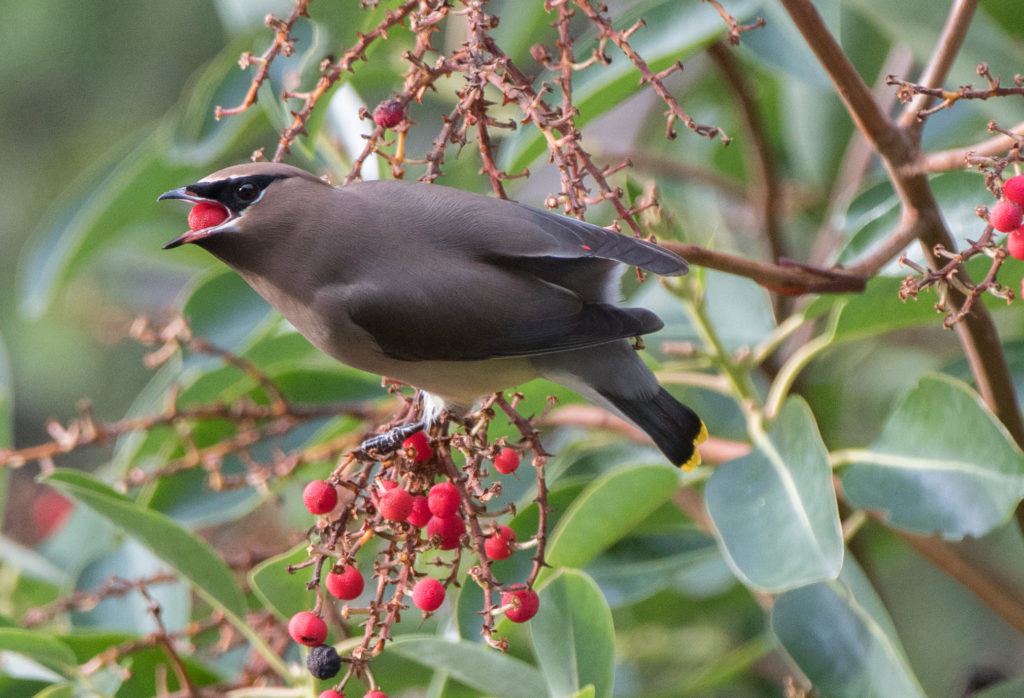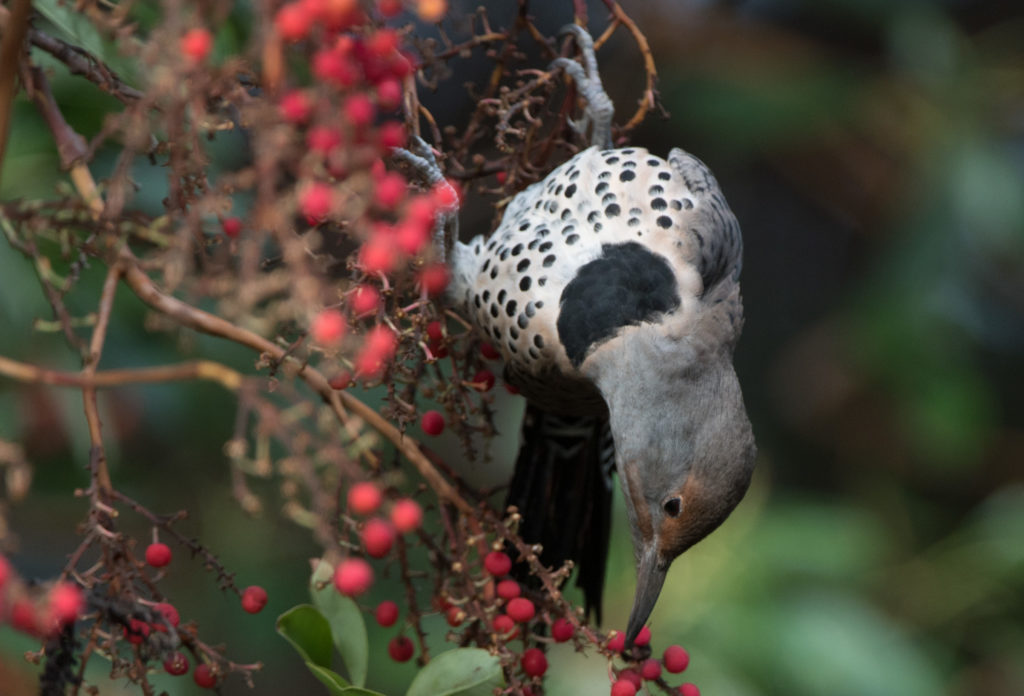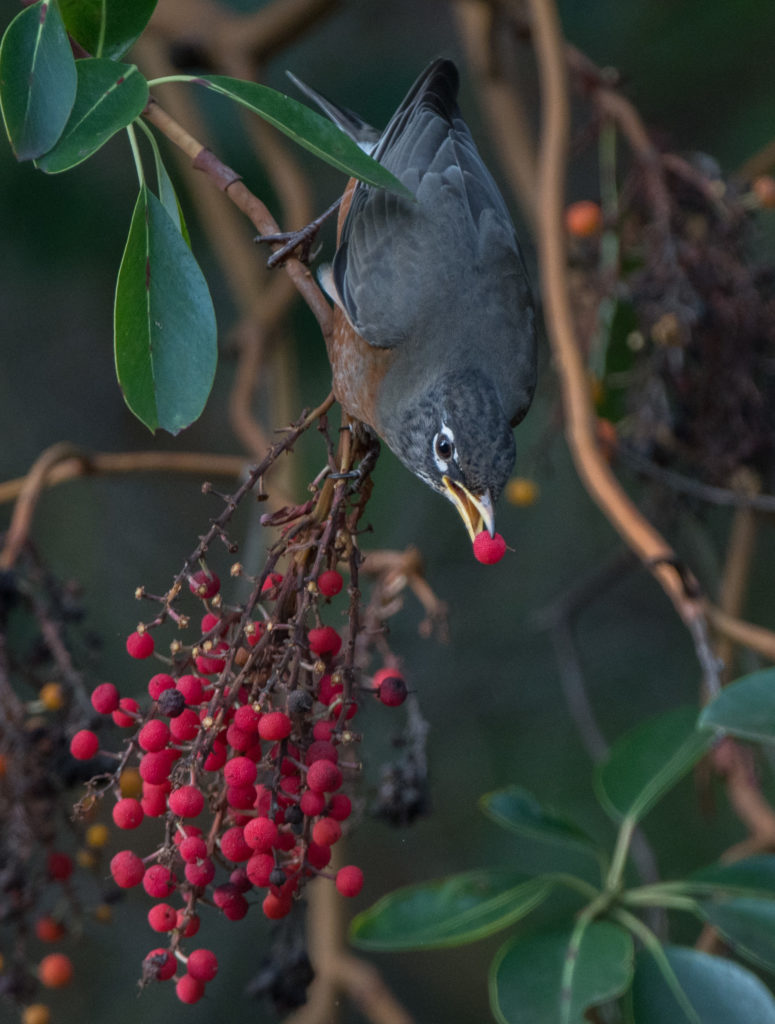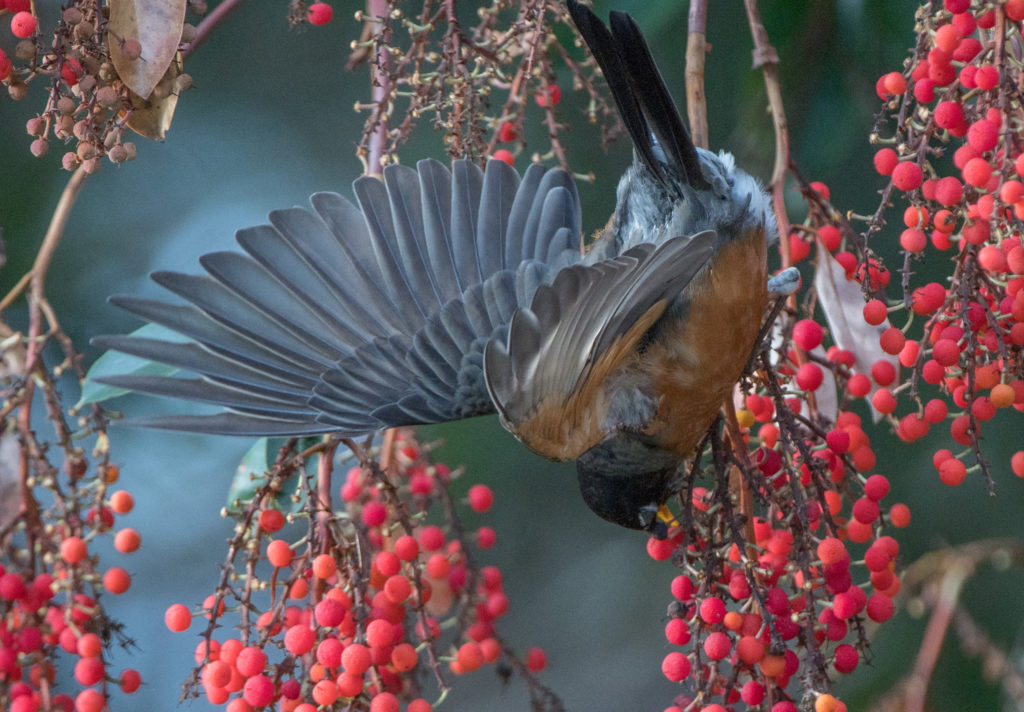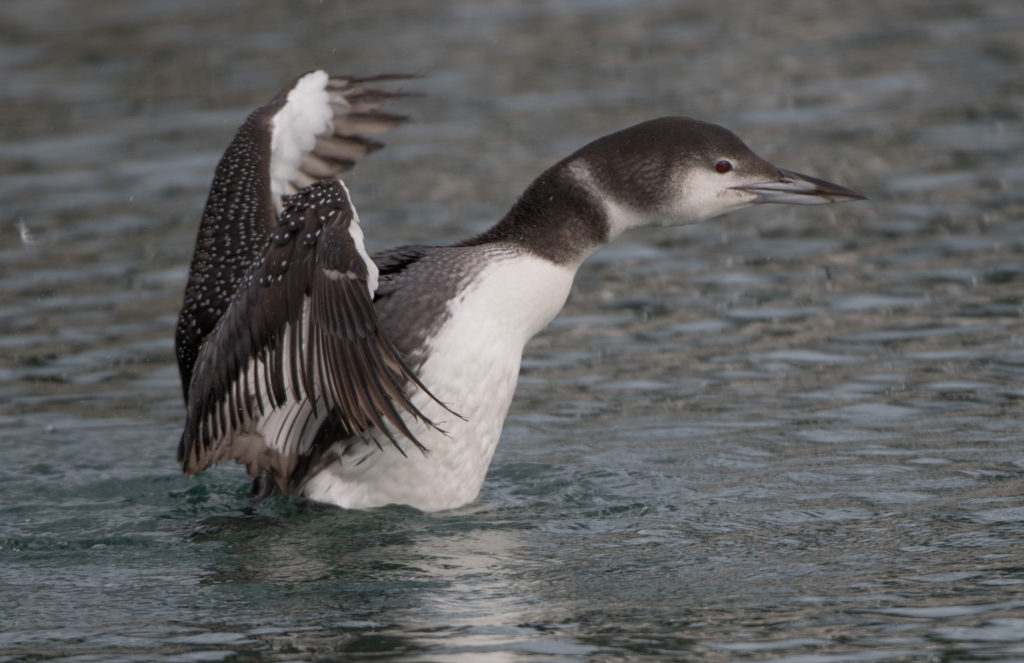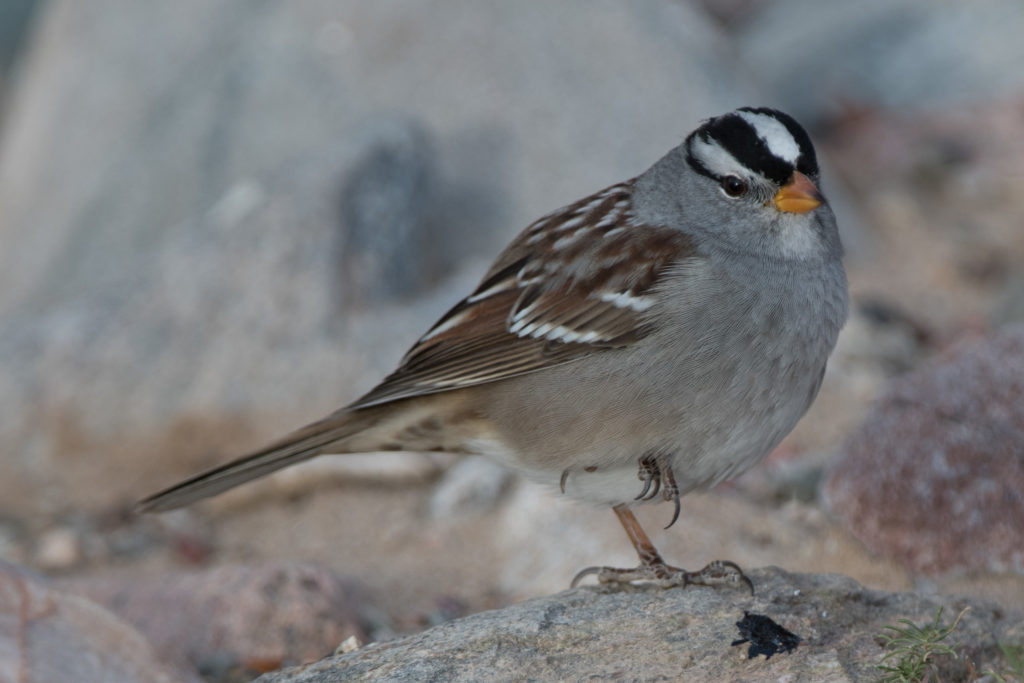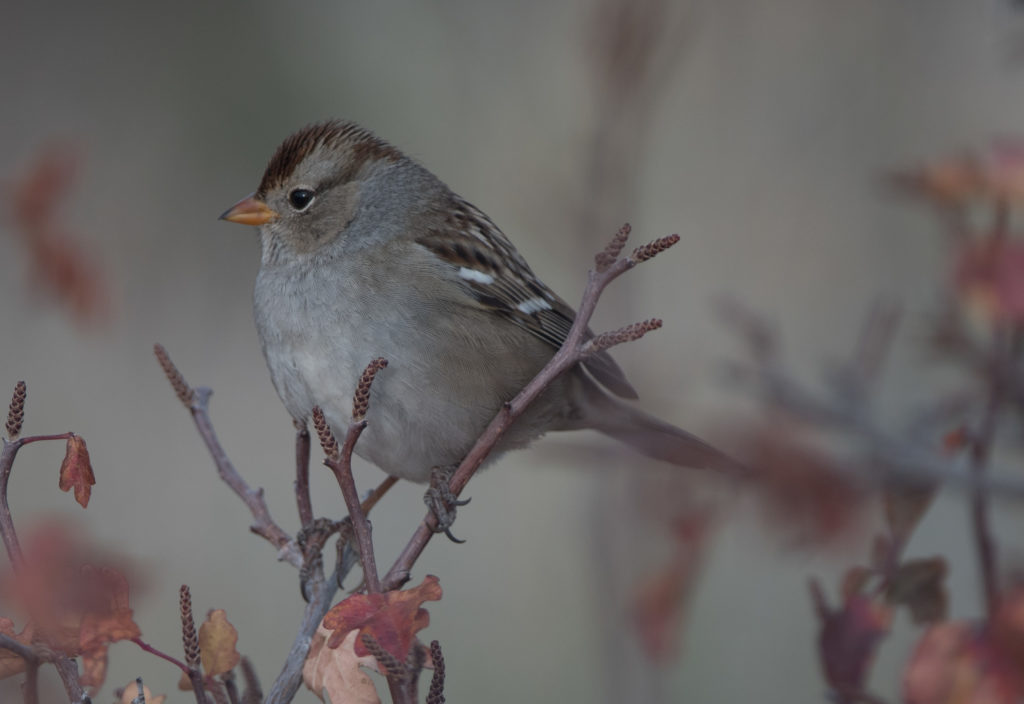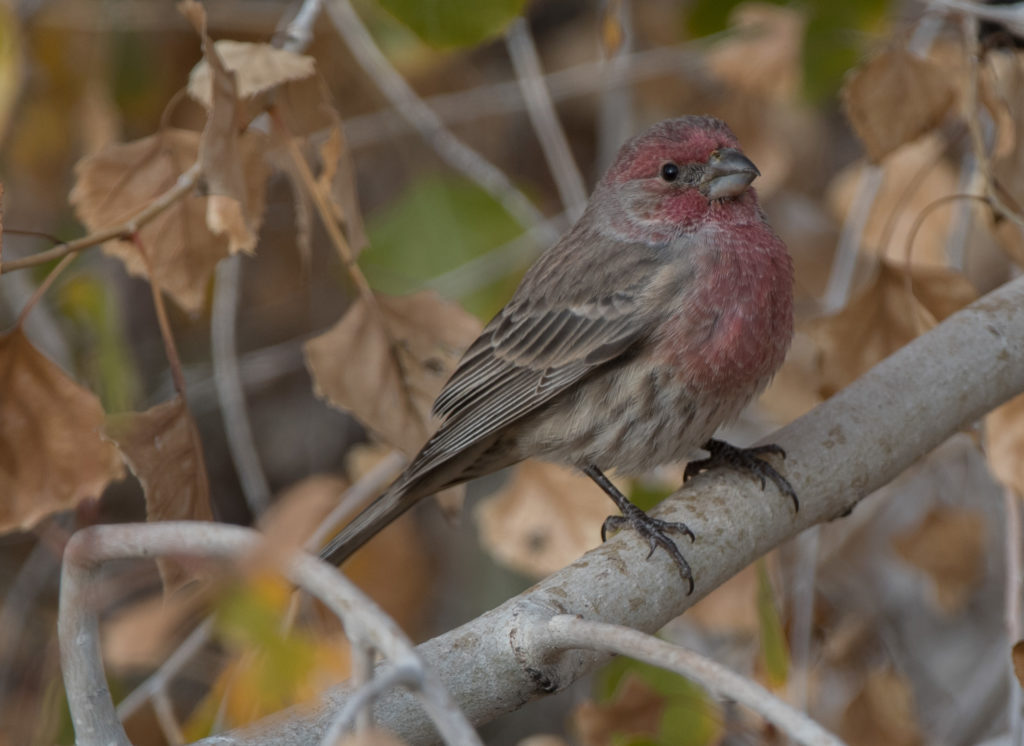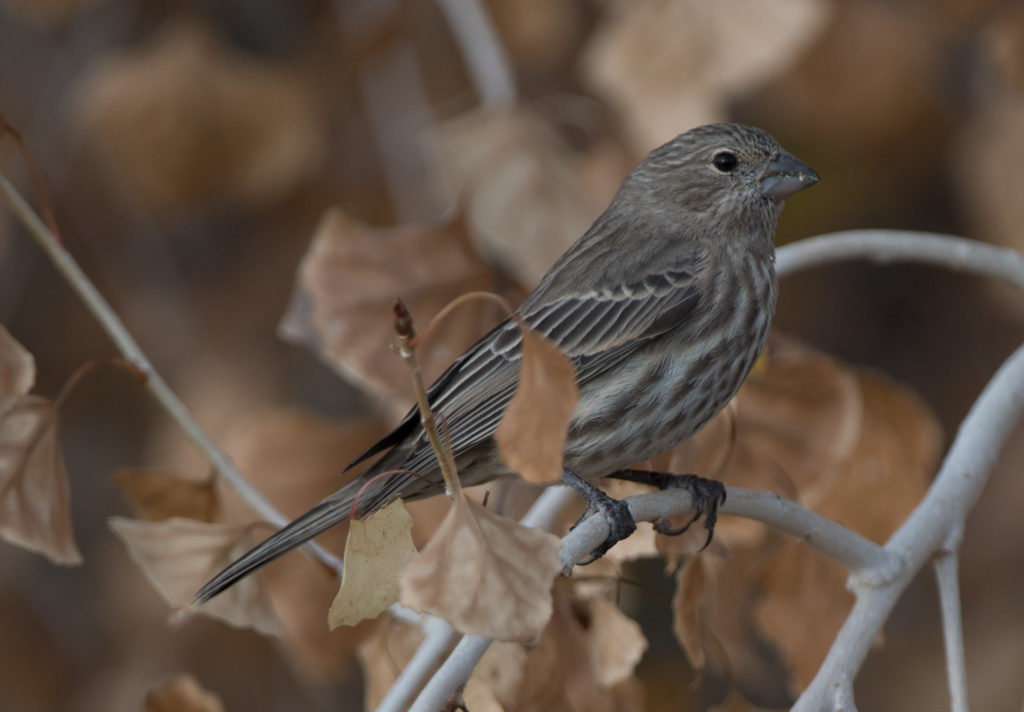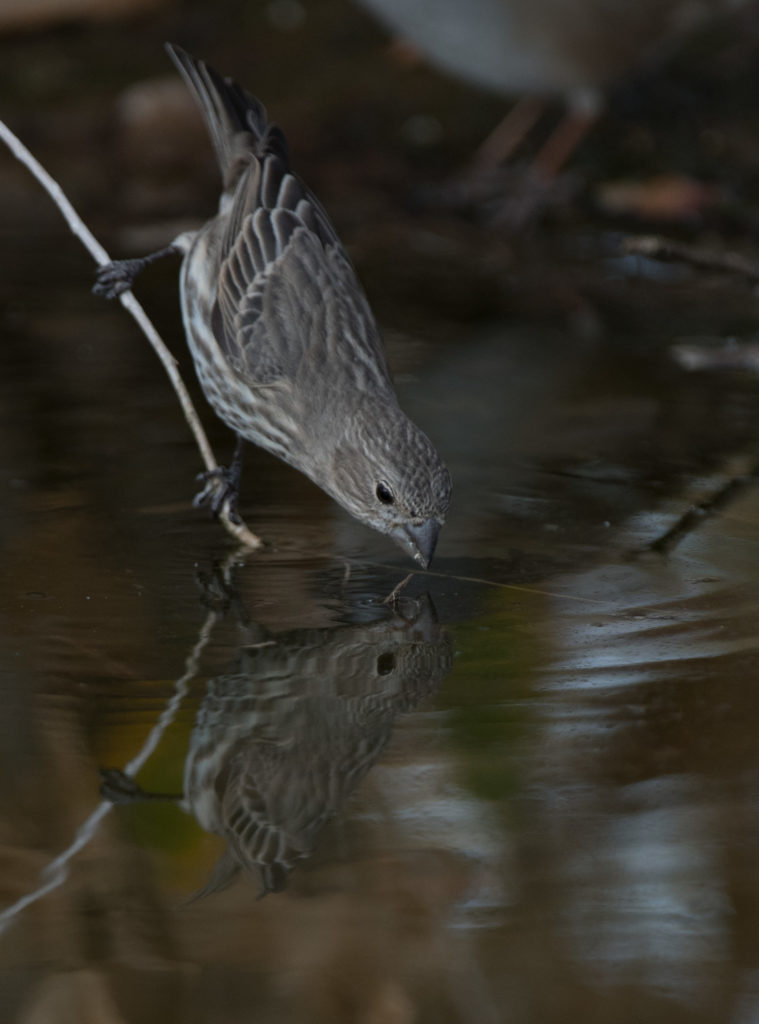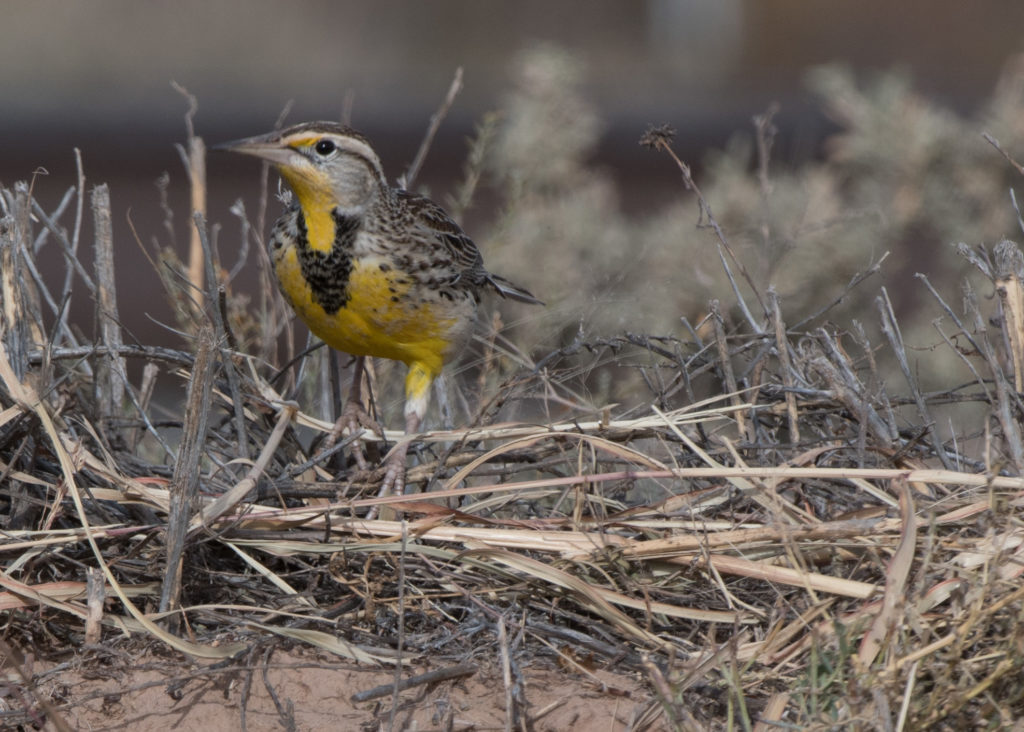I’ve titled this post “Dunlin” and I hope that I am right in my identification or I’ll have to eat considerable crow! Waterfowl and shorebirds are not my strong areas of identification and I’ve been wrong many times before, but I’ll go on the premise that I got it right this time.
I think one of the reasons I have such difficulty with shorebirds and waterfowl is that they are here only a small portion of the year and even though I make forays into promising habitat in the county, I just don’t always see these species or, if I do, can’t reasonably photograph them due to their distance. So I have to try to remember characteristics of each species for the eight or nine months they aren’t in the area. That, and the fact that so many of the species look very similar (especially female ‘quackers’) makes identification difficult for me.
In early December I was touring March Point and found a significant number of Dunlin on the rocks at high tide. For the most part they were either sleeping (with one eye open!) or dodging the occasional high wave that would reach up on the rocks. Over the next few days the population increased about threefold until it reached what I estimated as maybe 500-600 birds. I realized that if I visited at high tide, when the birds weren’t feeding, it gave me great photographic opportunities. All of the photos below are of presumed Dunlin and were taken on March Point on December 4, 2016.
Since I took photos of the birds over a period of several days I can’t promise that you won’t see more in future posts!

